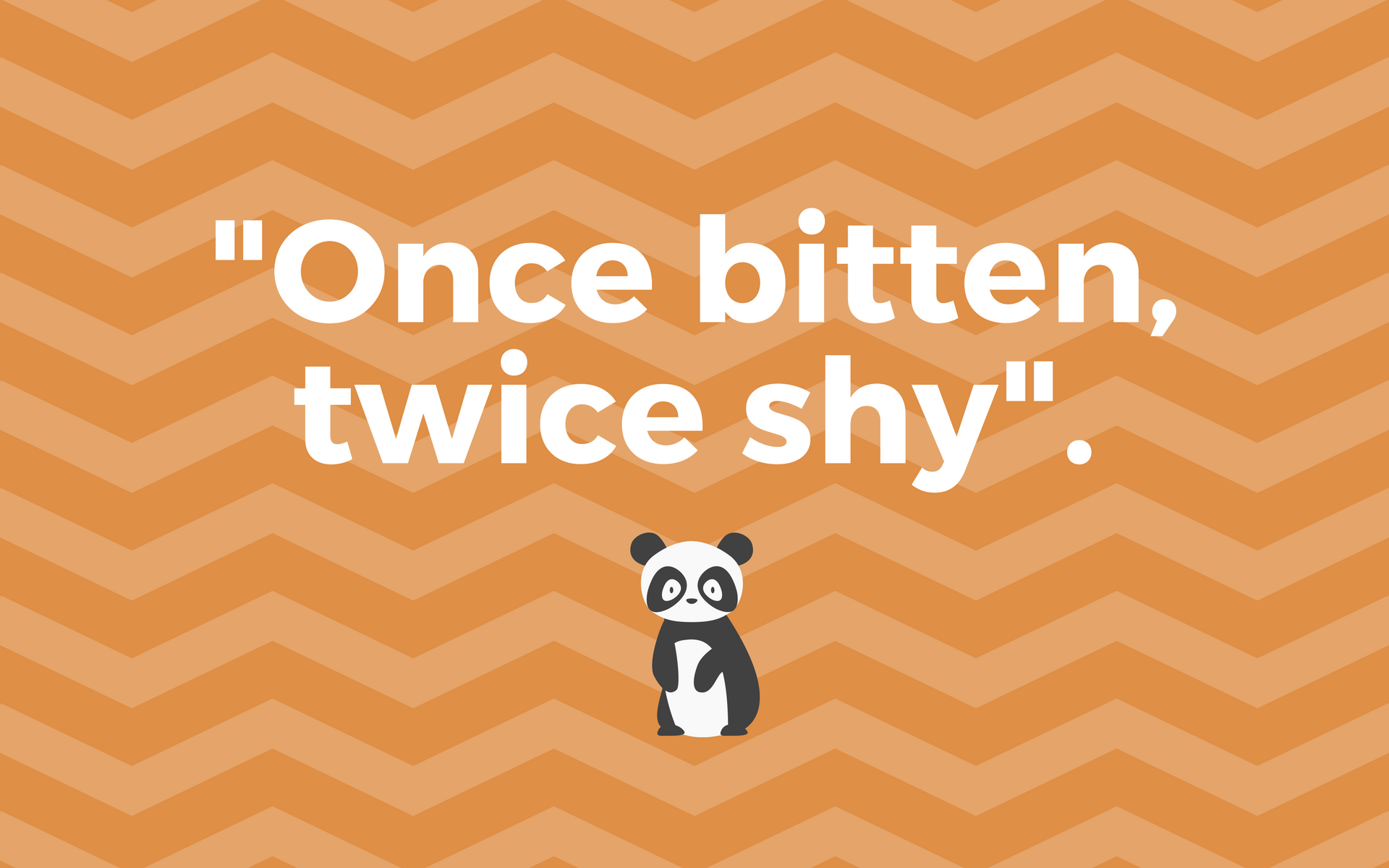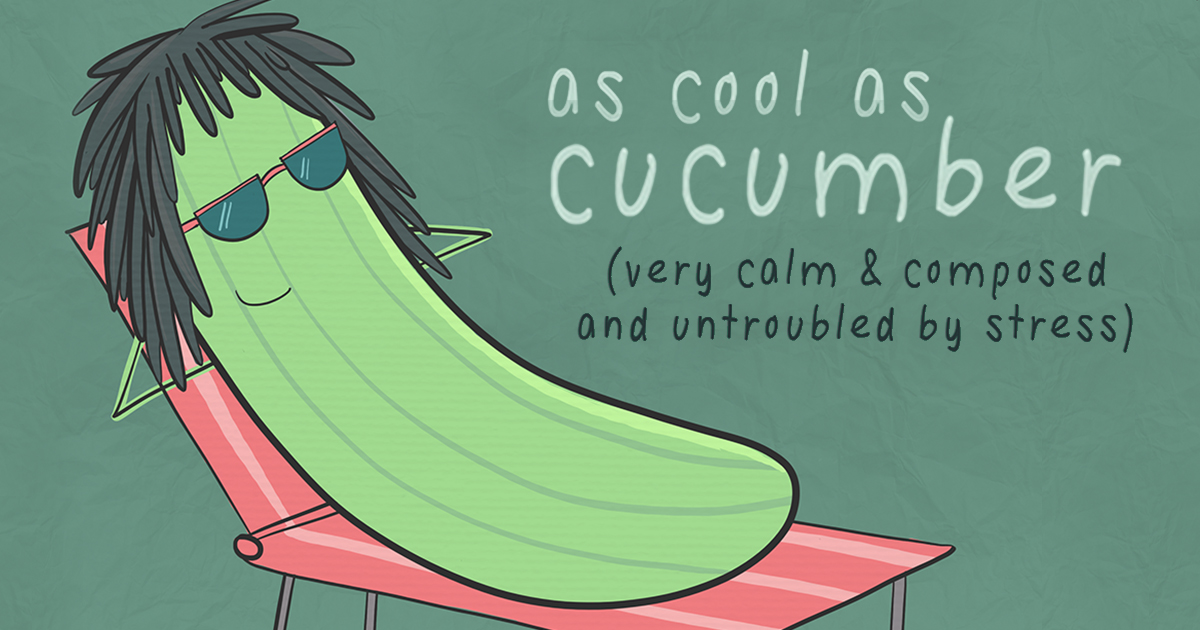
HOW TO SAY HELLO ACROSS EUROPE
Welcome to Europe
Europe is a small continent in comparison to my home country Australia, and for many travelers, when they go to Europe, they just don’t visit one country, they usually visit plenty. This article is for those people who want to break barriers with locals in Europe by being able to greet them in the street and say ‘hello’.

Introducing the British Isles
Throughout the British Isles, English is the predominant language. However, it is important to understand that English wasn’t the original language, and isn’t the sole language of the British Isles, and in some parts of the region, a lot of people will refuse to talk to you in English. To greet someone you say; Halò in some parts Highlands of Scotland, but more so in the isles with the Scottish Gaelic greeting. Helô or S’mae are your barrier breakers in Wales. Dia Duit is the Irish way of greeting someone, while in Cornwall only approximately 300 people speak Cornish, so you could try your luck with Dydh da. Finally, with just over 1,000 speakers, you can say “Hello” to someone on the Isle of Man by saying “Ta shiu”.
Hello from Western Europe

Western Europe is made up of France, Germany, Belgium, the Netherland, Austria, Liechtenstein, Luxembourg, Switzerland, and Monaco. This part of Europe has a flare of linguistic diversity. In France, it is best to say “Hello” with Bonjour meaning good day. While in Austria and Germany where German is the official language, Hallo or Guten Tag is accepted. Although in Switzerland where four languages are official, they have their own twist on the German Greeting.
You can say, “Grüetzi” (Swiss-German) or in Italian, Ciao, and Bonjour again in French. However, the fourth minority language spoken is Romansch and they say “Allegra” to greet someone. In Belgium they speak French, German, and Flemish, so along with Bonjour and Guten Tag, Goeiedag is the Dutch equivalent that is also of use in the Netherlands. While German is the official languages in Liechtenstein & Luxembourg, and French the official language also of Luxembourg and Monaco, Luxembourg offers a third language; Luxembourgish. To say “hello” in this tiny country, you say, “Moien” or “Salut” which is also French, but the Luxembourgian people don’t seem to mind.
Breaking barriers throughout southern Europe
Southern Europe is also commonly referred to as the Mediterranean. The languages of the Mediterranean consist of mostly romance languages. The countries consisting of Southern Europe are: Portugal, Andorra, Spain, Gibraltar, Italy (Including the Vatican City & San Marino), Malta, Greece, and Cyprus, along with the Balkan Peninsula which will be included later on. In Andorra, the Spanish sounding Catalan is spoken along with French, Spanish & Portugese. So in Andorra, to say “Hello” you can say, “Hola” in Catalan and Spanish, and again, in French one can say “Bonjour”, and in European Portuguese which is also the official language of Portugal, they say “Olá” In Italy, one of the most well-known ways of saying “Hello” is certainly “Ciao” which is suffice in both the Vatican City & San Marino. While in Sicily (the island region of Italy), switch to Sicilian with “Ciau” to say “Hello”. A little further south, you can say “Ħello” or “Bongu” in Malta. North East of Malta is the country home to the Hellenic language of Greek. To say hello in Greece & Cyprus you say “Γειά σου”, phonetically: Geiá sou.
You might also like: HOW TO LEARN A LANGUAGE IN A BRAIN-FRIENDLY WAY
The Balkan Peninsula
The Balkan Peninsula is the piece of land which forms the countries of Slovenia, Croatia, Bosnia and Herzegovina, Serbia, Kosovo, Montenegro, Macedonia, Moldova, Romania, Bulgaria, Albania, Greece (also part of southern Europe), and parts of European Turkey. Whilst learning how to greet someone in this part of Europe, it is quick to see that these countries languages are rather mutually intelligible (in the form of saying Hello). Starting with Albanian, Ç’kemi is used. In Romanian they say “Bună ziua” meaning Good day. In Serbo-Croatian, Hello is “Zdravo”, as it is the same in Serbian, but in Croatian, some use Bog rather than Zdravo. There is a slight difference in Bulgarian, where they say Hello as “Здравей”, which phonetically is Zdraveĭ. In Macedonian, much like other Balkan countries again you say “здраво”, and in phonetics that is zdravo. In Hungarian there are three ways, but I have found the most common to be Szia. While in western Turkey you can say Merhaba.
“Hello” from the East
Eastern Europe is made up of many countries. Countries which were included in parts of the Balkan Peninsula, and southern Europe. However, the remaining eastern countries that make up this linguistically-rich region of Europe are: Estonia, Latvia, Lithuania, Ukraine, Russia, Czech Republic, Latvia, Poland, Belarus and Slovakia. Unlike their Balkan neighbours, these languages are a little less mutually intelligible. Starting in Estonia, to greet someone you say “Tere”, while in both Latvian and Lithuanian they say “Sveiki”.

A little further south in Poland, “hello” is “cześć” and in the Czech Republic that is “Dobrý den” meaning good day. In Slovakian they say “Ahoj” which is acceptable also in the Czech Republic. Belarussian takes a twist on the Czech greeting with добры дзень which phonetically equates to dobry dzień. Whilst in the Ukraine, Вітаю (Vitayu) is a formal way of saying “hello”, and in Russia “Zdravstvujtye” is the phonetic version of wrirten russian’s “Здравствуйте” which is the politest, and longest way to say hello.
Say “hello” to the Northern Lights
When people mention the northern region of Europe, usually we think of Scandinavia, which doesn’t include the United Kingdom, Iceland, nor Greenland. This region of Europe is a magical winter wonderland full of many natural delights. This region homes Iceland, Denmark, Norway, Sweden, Finland, and politically the 52nd country; Greenland. Not to forget the British Isles, Northern Germany and some eastern European countries – which have been previously mentioned. Within these countries, the Germanic languages are mutually intelligible and there is very little variance – thus being able to break these linguistic borders slightly easier.
In Iceland, “hello” in its easiest form is “Halló”. Whilst in Greenlandic they say, “Kutaa” which is very different due to the languages American-Eskimo linguistic origins. Further east towards Europe, Hei or Hallo is Norwegian, and in Sweden they say Hallå, and in Denmark it’s said as “Hej”.
A little closer to Russia is Finland, in this country they say “Hei”. All in all, you can see that depending on the region you’re visiting, many of the languages are very similar. However, it is important to remember that different languages have different grammatical rules, and the above ways to greet someone are the ways which will cause less offence to someone in the street, as many languages differentiate depending on who is talking, who is being spoken to, and the formality of any situation.
Do you know another way to say ‘hello’? We would love to hear from you! 🙂
P.S. Get all our posts on language learning, cultural exchange and more in your email. Sign up now!






